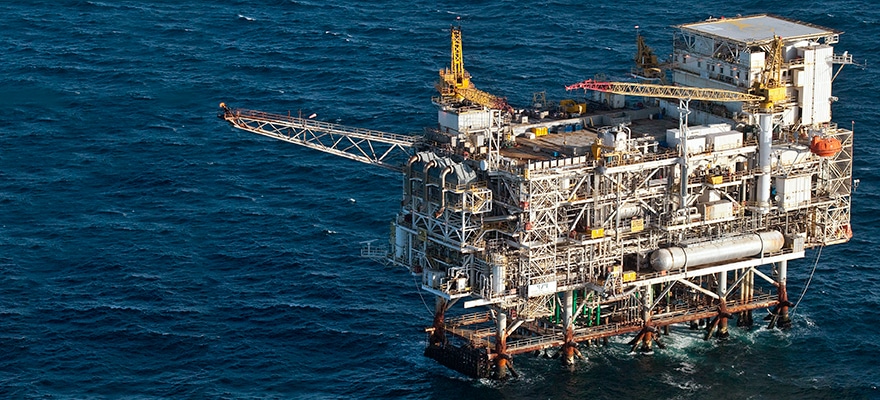Energy prices, despite their late rally in the week, remain at depressed levels as growing concerns about the state of the global economy outweigh geopolitical risk factors and demand for commodities.
US production remains high and more importantly storage levels continue to rise, hurting producers’ hopes for a rebound in energy prices amidst growing turmoil in financing the US energy patch.
Difficulty in accessing the capital markets could lead to a wave of defaults and bankruptcies in the energy patch which see some production taken offline until firms are consolidated, merged, and restructured to reflect to new reality for the industry.
The Fundamental Picture
Natural gas prices have in many ways followed the same price pattern as oil in the last 12-months as heightened production capabilities sees the supply-side grow while the downturn in global trade sees the demand side stagnate or shrink.
In many ways, the conditions are reflective of the boom to add capacity during the prior few years as zero interest rates bolstered by higher prices made risky exploration and production developments more attractive in the eyes of investors.
Banks led the charge, providing a substantial amount of credit to the sector, fueling the production boom and in many ways stoking the excesses that defined the industry for the last few years. Now that prices have been depressed for a prolonged period of time and producer hedges are expiring, credit for companies that borrowed at high-Yield rates is quickly drying up.
Banks are reevaluating credit commitments meaning that financing at reasonable rates will prove unattainable for the vast majority of companies. Productions levels are already on the decline as evidenced by the declining number of active rigs.
According to the latest figures from the US gas patch and Baker Hughes, the rig count continues to slide with numbers released on August 28th showing 202 operational gas rigs, down from 210 in the prior week.
The number of operational rigs has dropped over 75% from the 2012 peak which saw a 811 active drill rigs. Increased efficiencies and output have seen inventories only grow over the last several months with storage figures showing inventory over 15% higher compared to a year ago. The latest Department of Energy data from the Energy Information Administration showed that the amount of gas in storage rose over 17% from the levels seen one year ago.
While natural gas accounts for nearly 25% of American power generation, the major driver of price momentum in the near-term has remained shifting weather conditions with warmer conditions likely to drive demand as air-conditioning units require increased output. With no other domestic source of demand driving prices higher, they are likely to remain subdued barring a disaster or sharp change in weather conditions.
The Technical Take
From a technical perspective, natural gas is currently trending lower over the long-term as evidenced by the lower peaks and lower valleys over the last 16-months.
Gains in production due to the American shale boom combined with lower demand have seen prices collapse by almost 60% since reaching 2014 highs, well beyond the 20% correction threshold that indicates a bear market for gas prices. The relatively insulated nature of the American gas market means that the catalyst for a sharp rises in prices is unlikely until the LNG export market is further developed.
On a deeper technical level, prices experienced the death cross last summer when the 50-day moving average crosses the 200-day moving average to the downside, typically resulting in a steep downward move. Fast forward to the present and prices are still trending below both the shorter and longer-term moving averages, a bearish sign for natural gas.

















